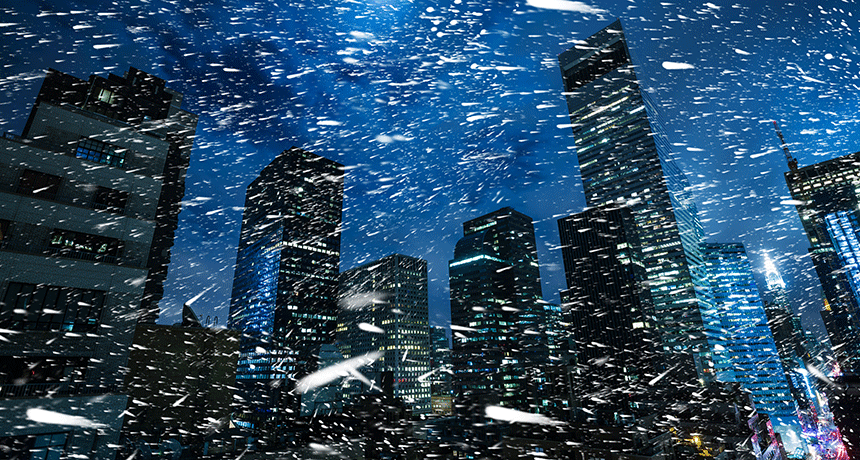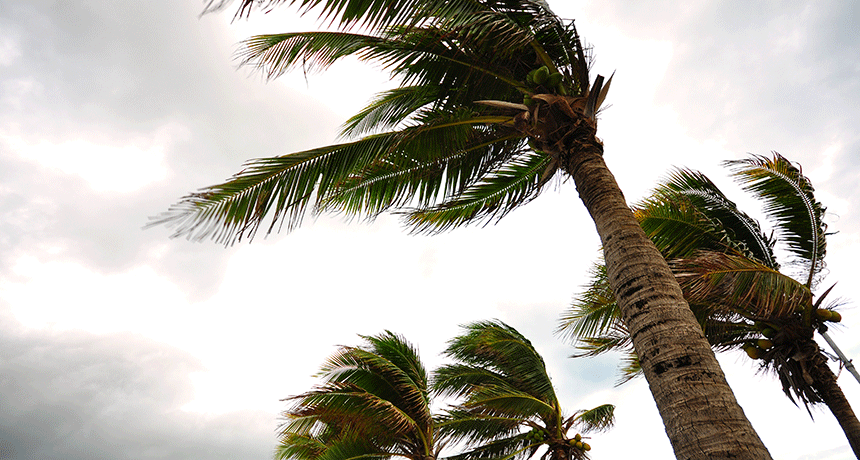MS-ESS2-5
Collect data to provide evidence for how the motions and complex interactions of air masses results in changes in weather conditions.
-
 Climate
ClimateSiberian heat wave that caused an oil spill made more likely by climate change
The six-month heat wave in Siberia during the first half of 2020 would not have happened without human-caused climate change, researchers find.
-
 Chemistry
ChemistryAustralian wildfires pumped smoke to record heights
Wildfires in Australia in late December and early January spurred an unusual smoke plume that still hasn’t fully dispersed.
-
 Earth
EarthLightning megaflashes set big new distance and duration records
Scans of satellite images identified two lightning bolts with previously unheard-of dimensions. Both flashed through the skies over South America.
-
 Health & Medicine
Health & MedicineDeadly heat: Expected by century’s end, it’s here already
Instances of hot and humid conditions that threaten human lives are on the rise.
-
 Climate
ClimateHow to curb the climate heating by contrails
Contrails are narrow clouds left behind in the sky by jets. They add to climate change. But a new study suggests a way to curb their contribution.
-
 Earth
EarthNewfound ‘dunes’ is among weirdest of northern lights
There’s a new aurora dubbed the 'dunes.' It’s weird and joins the ranks of black auroras, STEVE and other odd natural light shows.
-
 Climate
ClimateHotspots found for lightning’s superbolts
A nine-year survey reveals where and when the most energetic lightning strikes — and it’s not what scientists expected.
-
 Climate
ClimateExplainer: Why some clouds glow in the dark
A surprise space rock lit up the night sky over California — and left behind a rare type of cloud. Such glowing beauties may become more common with climate change.
-
 Climate
ClimateSupercell: It’s the king of thunderstorms
Not every thunderstorm has the potential to give birth to a tornado. It usually takes this special type.
-
 Climate
ClimateExplainer: The furious eye(wall) of a hurricane or typhoon
The eyewall is the most intense part of a hurricane. Here’s what drives its fury.
-
 Climate
ClimateExplainer: What is thundersnow?
Wacky weather produced lots of thundersnow during New England’s recent winter storms. Some scientists now suspect Mother Nature got some human help.
-
 Climate
ClimateExplainer: Winds and where they come from
Temperature and pressure are critical factors affecting why the wind blows where it does. Understanding the nature of wind can teach us a lot about weather.